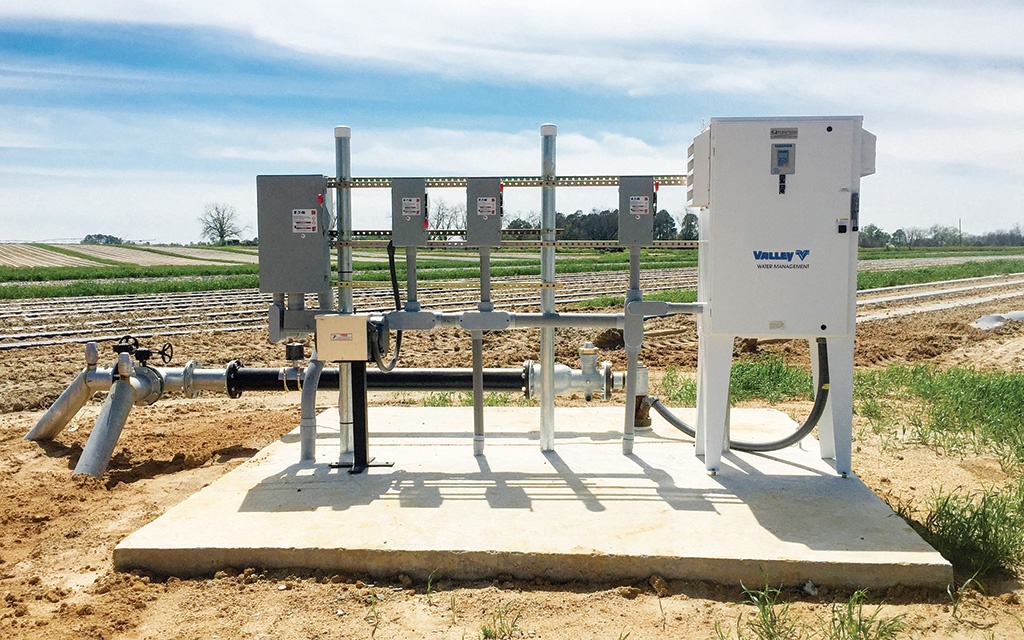Life happens. Life changes. Technology changes. And how we let that technology affect our everyday routine is up to us.
In January, I became a father. Many parents know what that feeling is like, and some will find out soon enough. It is a feeling that is difficult to put into words, and you can’t know it without experiencing it yourself. My life changed; it changed for the better and I cannot imagine a day without my daughter in my life.
 Like parenthood, it feels like farming practices change daily, if not hourly. Growers went from being skeptical of GPS on a tractor to giving up full driving control. We have variable rate fertilizer applications, variable rate irrigation applications, and it seems that everything is varied based on farming practices.
Like parenthood, it feels like farming practices change daily, if not hourly. Growers went from being skeptical of GPS on a tractor to giving up full driving control. We have variable rate fertilizer applications, variable rate irrigation applications, and it seems that everything is varied based on farming practices.
Irrigation control has drastically changed throughout the years, as well. We are able to fully monitor and control high-efficiency farm irrigation pumps and pivots from just about anywhere. High-efficiency pumps and pivots allow growers to lower their electrical bills while still getting the same—or better—production out of their equipment; they are doing more with less.
New restrictions on resources are steadily growing across the country, making high-efficiency farm irrigation pumps and flow meters increasingly necessary.
The Valley 3000 flow meter allows growers to integrate a flow meter into the pump station or pivot. With Valley remote telemetry, such as AgSense or BaseStation3, growers can easily record and report water usage. There are ways to even automate reporting via email to water districts.
Yes, technology is changing the way growers irrigate, allowing them to become more efficient with their resources—time and money. My family is a priority to me, so if I can help a grower improve his or her resource efficiency and provide more time with his or her family, I would say that’s a job worth doing.
Source: Valley Irrigation